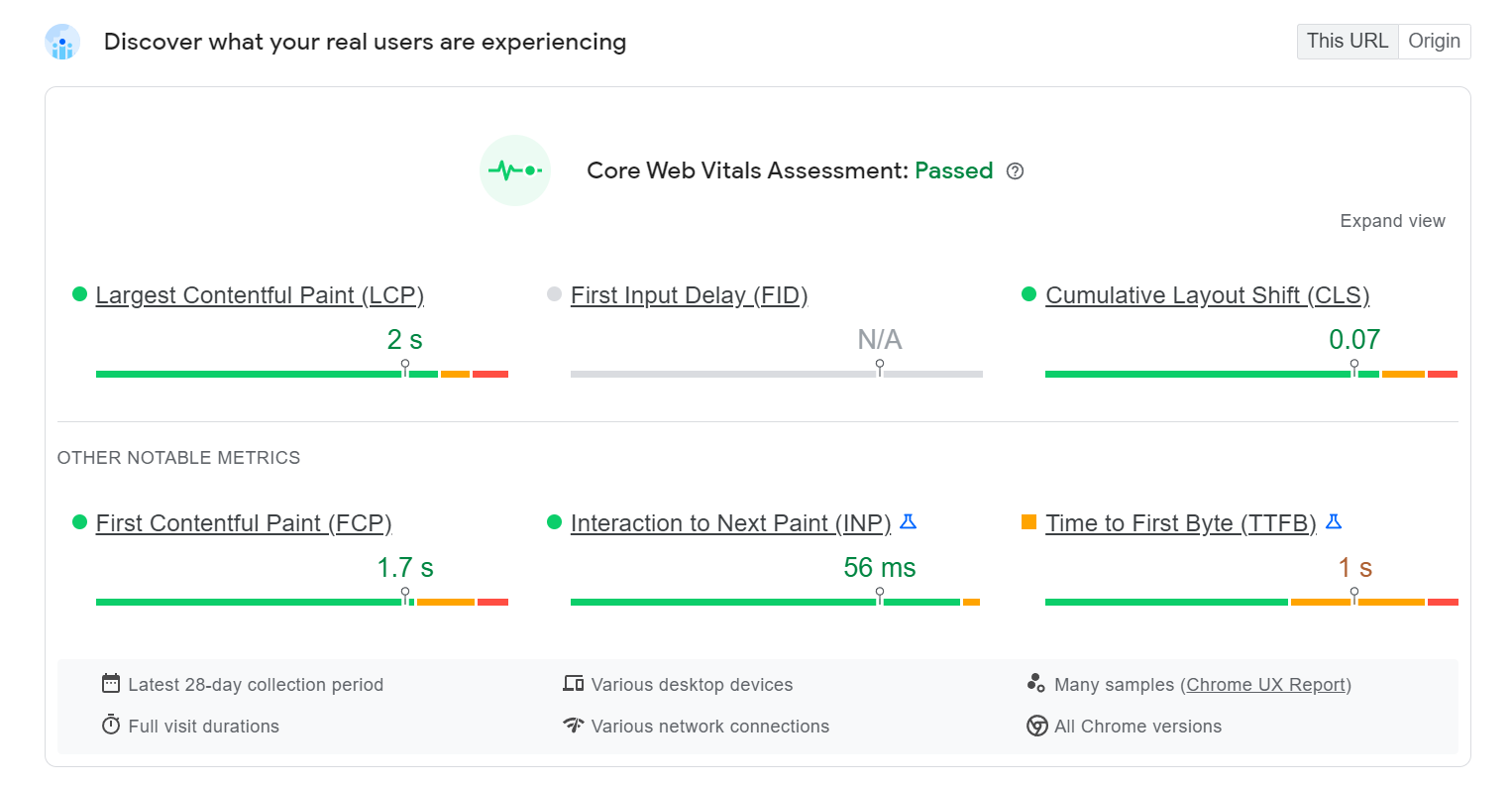A PPC-friendly landing page is specifically designed to encourage conversions from users who have visited from a pay-per-click ad. While many considerations and a lot of time usually goes into making a well-optimised landing page, in this blog I am going to walk you through some details that can’t be missed!
Clear call-to-action
A landing page that is designed to convert should have a clear and obvious CTA which aligns with your advertising goals, whether that is to drive sign-ups, transactions, downloads or contact forms.
If a user lands on your site but subsequently finds it difficult to navigate, it is most likely that instead of converting, they’ll exit the site.
Relevance
For your ad to have a stronger quality score, you’ll need to write your ad text to match the content on the landing page, both of which should also include the keywords you’re targeting.
Creating an ad that aligns with your keywords and landing page ensures your users don’t get confused along their conversion journey.
A common yet frequently overlooked issue is including offers in your ad text which are absent from your website. Needless to say, this discrepancy can result in frustrated users who become less inclined to complete a conversion.
Page speed
To ensure the best user experience you’ll want a fast loading landing page. If users are kept waiting for the content on your landing page to load in, it is more likely that they’ll exit the site and go to one of your competitors.
This PageSpeed Insights tool from Google is really helpful in identifying any potential speed issues on your site, as well as opportunities for improvement & diagnostics.

Improving your site speed is essential for stronger user experience and maximising your conversion rate. Here are some tips to improve your website speed:
- Optimised images: make sure images on your site are compressed and resized, there are many online tools that can assist with this.
- Minimise HTTP requests: the more HTTP requests your site makes, the slower it will load. Try minimising CSS and JS files and reduce the number of external scripts and plugins.
- Enable browser caching: this allows the browser to store website resources on users’ devices, meaning they won’t need to be redownloaded on returning visits.
- Hosting and DNS: choose a reliable and fast hosting and DNS provider.
Minimal navigation
Nothing is more annoying than clicking through on an ad and not being able to convert easily. A well optimised PPC landing page has a simple to use navigation process to reduce distractions and guide visitors towards your desired conversion action.
Mobile friendly design
According to Statcounter, mobile devices accounted for 59% of web searches in 2022, meaning the majority of searches are performed on mobile devices.
This means it is essential to ensure your site is functional, easy to navigate and quick on mobiles.
Paid ads often perform well on mobile as a way to reach consumer demand for products and services while they’re on the go, providing a direct and easy way for mobile users to convert quickly and conveniently.
Another reason why you may see stronger performance of your ads on mobile is that they usually take up more of the screen space compared to organic search results, making them more visible.
A/B testing
Finally, it’s important to continually test and refine your landing page with conversion rate optimisation in mind.
Try out different variations on design, copy and CTA, and you might find that even the smallest changes will resonate better with your audience.
Here are some of our frequently recommended landing page tests:
- Headline: as the first thing your users will see, testing different variations of headlines can often show strong differences in CR and lead you to find the most effective messaging.
- CTA: try different variations of your CTA button. This could be changing the CTA itself, or as simple as changing the colour, size or placement of the button.
- Forms: if your conversion actions include users filling out a form onsite there are a lot of tests you could run on the form itself to see which results in the most form submissions. Test a shorter form, a different style of form, a form that clicks through different pages instead of scrolls or even test adding an estimated completion time on the form so users can anticipate how long it will take.
- Images and social proof: test a variation of imagery and testimonials/reviews to build credibility and trust.
- Layout: don’t be afraid to move things around. Test having testimonials before the form, or having the form at the top and bottom of the page.
There is no one-size-fits-all approach to building your landing page, but by continuously testing, you will be able to gain valuable insights into what works best for your audience and react accordingly to your learnings.
In summary, while designing/building your landing page, if you’re mindful of your CTA, the relevance, your page speed, your user experience and any future tests, your finished product will be much more prepared to receive paid traffic and in turn will be much healthier for achieving your conversion goals.





